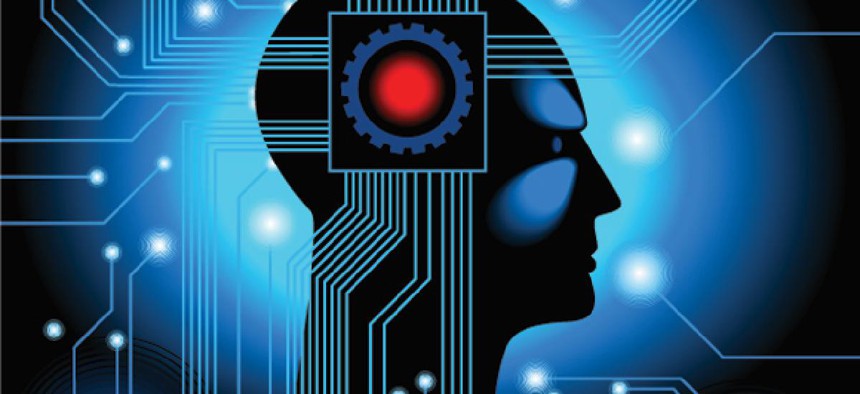The extremely personal computer: The digital future of mental health

VLADGRIN/Shutterstock.com
Meet your new therapist -- you're looking at it.
It's 2018, and you're not feeling your best. Yesterday, on the phone with Comcast, you forgot your social security number, and had to call your mom to get it. She grew concerned. Your nightstand is full of half-finished novels, because it's easier to start fresh than to keep track of where you left off. And the fatigue -- last Thursday, you slept clear through your alarm, until Agnes in 8J pounded on your ceiling with a basketball. You've been here before; you know you're depressed. And you know what you have to do.
You fire up your PC and dig out your biomonitor wrist strap. "Welcome back, kiddo," Regina, your therapist avatar, greets you. Regina has shiny red hair and glasses, and the Australian accent of a Bond girl. "Let's catch up."
As you launch into your compressed narrative -- the new job, the breakup, the fight with your brother -- and Regina nods in sympathy, you recall the days of Dr. Fitzsimmons' brick and mortar on 5th and 97th, when you'd have spent half the session (roughly $150.00) "updating the Fitz." It felt good at the time, but did it actually achieve anything? The Fitzman was hardly Freudian -- he was as cognitive as they come, with scales and homework and all -- and even so all that schmoozing required so much time. And, as he loved to remind you, he was one of the few psychiatrists left who even talked to his patients anymore. Just a day after the session, the sharing glow would wear off, and you'd have difficulty recalling what you had discussed.
About five minutes into your story, your biomonitor issues a gentle chime alerting Regina that, based on your lowered heart rate and blood pressure, the cathartic warm-up is complete. "I'm so sorry to hear what you've been through," Regina says, eyes wide. "I am here for you, ready to help you improve your mood and your mind."
Myndbot, which rolled out a few years earlier, was your first Regina. An antiseptic cross between an SAT program and the old school Atari, its primary function was to introduce users to the platform, which was revolutionary: Social simulations that could lesson your anxiety, an integrated cognitive behavioral iPhone app, adventure games that taught reframing of depressive thoughts -- all of it sounded too futuristic to work.
Arguably, the first iterations were. Most early adopters continued seeing human therapists and taking their meds. But over time, leading firms like Posit Science, Dakim, Lumosity, Brain Plasticity,SharpBrains, and MoodGym improved the exercises and included biometrics. Thomas Insel, head of the National Institute of Mental Health, supported these efforts from the start, as an example of what he described to the Royal Society of London in 2011 as psychiatry as "clinical neuroscience."
We're at an extraordinary moment where the entire scientific foundation for mental health is shifting, with the 20th century discipline of psychiatry becoming the 21st century discipline of clinical neuroscience.
In the spring of 2012, the NIH offered its first grants in the field of video games as psychiatric intervention, a vote of confidence in this therapeutic direction.
(Image via VLADGRIN/Shutterstock.com)





